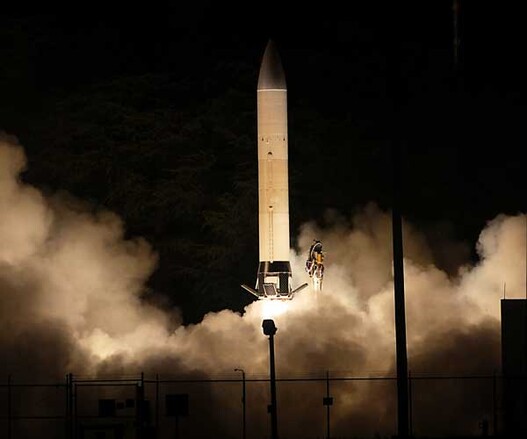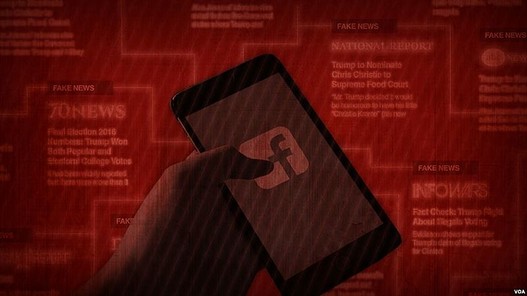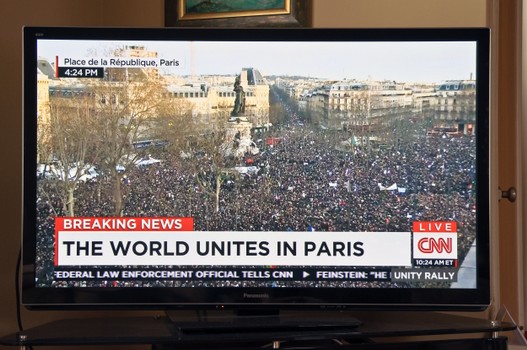The Strategic Implications of Hypersonic Missiles
 In a context of mounting international tension, the world’s leading military powers (namely the United States and its near-peer competitors, Russia and China) are engaged in an effort to develop new weapons systems. Among them, hypersonic missiles are playing an increasingly important role. This paper examines the strategic impact of hypersonic missiles, in particular in the event of a major crisis involving the three aforementioned powers, in order to raise the awareness on the risks that the deployment of such weapons could have.
In a context of mounting international tension, the world’s leading military powers (namely the United States and its near-peer competitors, Russia and China) are engaged in an effort to develop new weapons systems. Among them, hypersonic missiles are playing an increasingly important role. This paper examines the strategic impact of hypersonic missiles, in particular in the event of a major crisis involving the three aforementioned powers, in order to raise the awareness on the risks that the deployment of such weapons could have.In particular, while such weapons do not alter the MAD-based strategic equilibrium and its logic, in the event of a crisis it is impossible to determine beforehand what would happen due to the inherent ambiguity of these missiles and many other factors, but it is legitimate to believe that hypersonic missiles would favour a preemptive strike logic that could lead to a (possibly nuclear) escalation.
Read the full report here.
The Danger of Disinformation and the Rise of Ochlocracy
 In an age of mass and quasi-instantaneous communication, disinformation has become a major threat to the tenure of democratic societies.
In an age of mass and quasi-instantaneous communication, disinformation has become a major threat to the tenure of democratic societies.While the debate on the issue often focuses on state and non-state actors that use disinformation to pursue their goals, in my blog entry kindly hosted by Intelligence Fusion I argue that the real danger lies within: if disinformation is so dangerous today, it is because the fundamental constituent of a democratic society - the demos itself - does not possess the intellectual means to protect itself from manipulated information.
Therefore, I argue that critical thinking and education are crucial for democratic societies to become truly resilient against disinformation - as without them, democracy's very existence is at risk.
Photo credit: Graphic on Fake News by VOA, VOA News, published under public domain.
The Resonance Chamber: The Mediatic Coverage of Terrorist Attacks
 In my second contribution to Intelligence Fusion's blog, I examine the relation between terrorism and the media.
In my second contribution to Intelligence Fusion's blog, I examine the relation between terrorism and the media.Starting by dissecting the various levels at which terrorists operate, I focus on the operational/psychological dimension - creating fear among a target audience by perpetrating 'spectacular' attacks that attract the attention of mass media. The mediatic coverage of terrorist attacks - often consisting of emotionally-charged sensationalistic multimedia content - represents a powerful 'resonance chamber' which maximizes the psychological effect that terrorists seek.
Such mediatic reporting is inappropriate and even detrimental to counter-terrorism efforts, as it fosters resentment against people belonging to the same group as the terrorists (thus triggering a vicious cycle of mutual distrust) and allows terrorists to attain their goal of spreading fear.
Photo credit: Je Suis Charlie - America's CNN coverage of the gigantic Paris rally in support of Freedom of Speech and democracy, Caribb, published under Creative Commons Attribution-NonCommercial-NoDerivs 2.0 Generic (CC BY-NC-ND 2.0).
